From the Archives ...
Trout tips - from tackle shops
Presented from Issue 105, August 2013
We did a bit of a runaround Tasmania’s tackle stores to see what their tips for the first month or so of the tackle season were. We asked what the top three places to fish were, plus lures, flies, baits and a few other things.
Here is a rundown on their answers Whenever, and wherever you fish - anywhere, or for any fish in the world - ask the locals and especially ask at the local tackle store. They know what was caught today, yesterday and on what.
Please check all relevant authorities before fishing - www.ifs.tas.gov.au and dpipwe.tas.gov.au . Don't forget issuu.com/stevenspublishing for years of back issues !
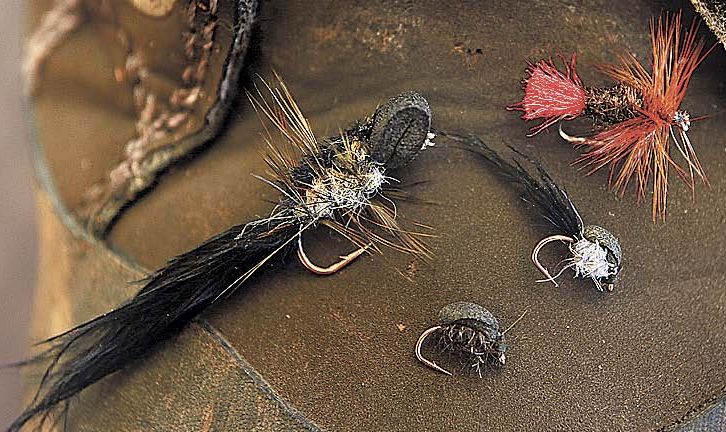 Presented from Issue 112, October 2014
Presented from Issue 112, October 2014
The sight of a taking a floating fly is an image that will stay with you forever. It’s not just the act of a trout taking a floating fly that makes this so special, it’s every second leading up to that point followed by that crucial pause before finally lifting the rod to set the hook and hopefully, feel the weight of a hooked fish. When it all comes together, there’s no better feeling in fly-fishing.
- Written by Stephen Smith - Rubicon Web and Technology Training
- Category: Trout Fishing
- Hits: 4218
Read more: Tailing trout - Success with floating flies - Craig Rist
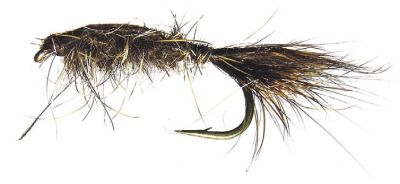 Presented from Issue 112, October 2014
Presented from Issue 112, October 2014
As the Spring bulbs flower, the willows bud up and turn to soft green, I get quite excited about what is to come. Last season was a little tough, but from what I have seen so far this season looks pretty good in the Highlands. Nymphs and dry flies are uppermost in my mind at the moment. For me October means mayflies on the rivers and that means dry fly fishing, which I look forward to.
But hatching mayflies also means nymphs rising through the water column. If I had to pick just one nymph it would be a Hares Ear pattern. Most importantly though is size, colour and shape. Small patterns for the start of the season and as they grown so do my artificials. I believe the nymphs vary widely in colour as well depending on the habitat.
- Written by Stephen Smith - Rubicon Web and Technology Training
- Category: Jan’s Flies
- Hits: 3032
The back issues of Tasmanian Fishing and Boating News are avialble for FREE at https://issuu.com/stevenspublishing/docs .
Issues #112 - #120 have been added today, with more scheduled in the next few days.
Get your TFBN archives and have a great read !
- Written by Stephen Smith - Rubicon Web and Technology Training
- Category: Articles
- Hits: 2701
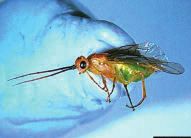 Willow sawfly (Nematus oligospilus)
Willow sawfly (Nematus oligospilus)
What is it?
Willow sawfl y is an insect which has recently arrived in Australia. The larval stage of the life cycle feeds on willow leaves, and large populations of larvae can defoliate adult willow trees.
Where did it come from?
Willow sawfl y is native to much of the northern hemisphere. It was fi rst recorded in South America in 1980, then in southern Africa in 1993 and New Zealand in 1997.
How did it get here?
It is unclear how willow sawfl y arrived in Australia, but it was not introduced deliberately. It is possible that adult sawfl ies were blown across from New Zealand or that cocoons were accidentally imported, for example on shipping containers. ... Read the PDF Flyer here
- Written by Stephen Smith - Rubicon Web and Technology Training
- Category: IFS, DPIPWE, MAST and Peak Bodies
- Hits: 3094
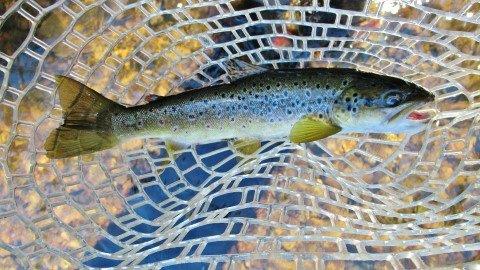 Well, BM (Tim) & his partner Joanne arrived safely on Tuesday morning after sailing over on the Spirit of Tasmania, they called in around 12.30 PM that afternoon. We were organising where to go the following morning and I suggested the Meander River would be best suited for the two of them. With Joanne having her first real spin session in a river I knew a stretch of river that wouldn't be too difficult wading for the first time.
Well, BM (Tim) & his partner Joanne arrived safely on Tuesday morning after sailing over on the Spirit of Tasmania, they called in around 12.30 PM that afternoon. We were organising where to go the following morning and I suggested the Meander River would be best suited for the two of them. With Joanne having her first real spin session in a river I knew a stretch of river that wouldn't be too difficult wading for the first time.
The next morning was very calm and also pretty foggy, the conditions were perfect for river fishing once again. The rivers was at least four inches higher than my last trip here which wasn't going to be a problem any way.
- Written by Stephen Smith - Rubicon Web and Technology Training
- Category: Meander River
- Hits: 2446
Read more: Good few hours on the Meander with Barra Mick and Jo - 7/3/2018
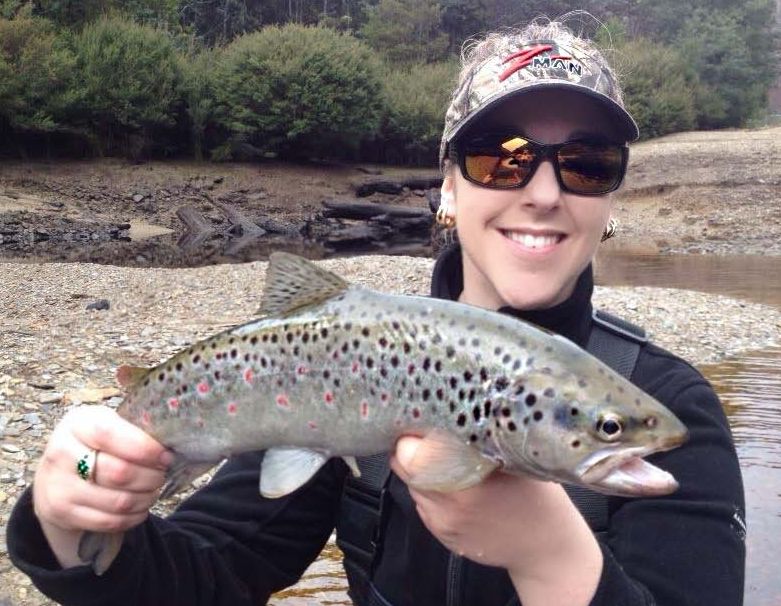 and an art worth your learning.."
and an art worth your learning.."
Presented from Issue 112, October 2014
So said Izaak Walton in the 1600s. It seems that Burnie’s Hannah Ledger has combined angling with art rather well. Hannah is a fish fanatic, outdoor enthusiast and budding, self-taught artist. From as young as she can remember, she has always had crayon in hand, colouring book under arm and as she’s grown as a painter, jars full of paintbrushes and cupboards full of ready-to-go blank canvas’.
A country girl at heart, Hannah was schooled at Yolla District High School, a small ‘farm’ school in the states North West, then went on to Hellyer College where she was given the opportunity to really grow her art skills; And by grow, that meant skipping the classes that would probably have more an impact of getting her somewhere in life, like English and Math to spend every spare minute with the art teacher, painting or drawing.
As typical teenagers do, they make poor decisions- and after being accepted in to one of the countries top art schools, turned down the offer and decided to move to the big island, where she lived for 5 years working in what seemed ‘dead end’ retail.
- Written by Stephen Smith - Rubicon Web and Technology Training
- Category: Trout Fishing
- Hits: 10038
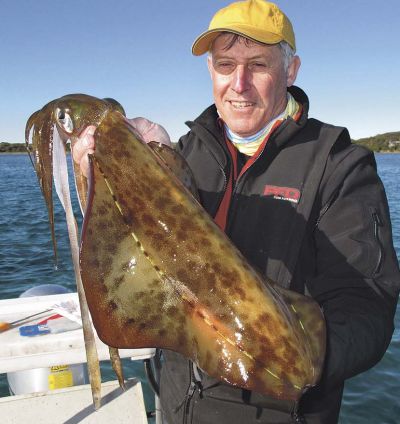 |
|
Mike Stevens with a calamari |
Presented from Issue 112, October 2014
Is it just me, or is time spent with family and friends getting harder and harder to find nowadays? The “work- life balance” side of life seems to have the scales tipped on the “negative’’ at the minute so when opportunities arise that see me heading out onto the water, I tend grab them with both hands…Life is too short to procrastinate.
A fishing opportunity presented itself recently that involved a trip to Georges Bay (St Helens) with Mike Stevens and my daughter Demi, who was keen to take a break from her University studies.
Our target for the day was Southern Calamari the preferred of the two species on offer in Tasmania, the other being the Gould’s Arrow squid, which is widely viewed as being inferior in eating quality. I must add that the Calamari in Georges Bay are amongst some of the biggest you will find anywhere in Australia.
- Written by Stephen Smith - Rubicon Web and Technology Training
- Category: St Helens
- Hits: 7953
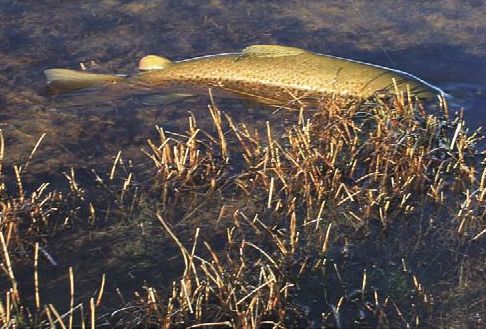 Presented from Issue 112, October 2014
Presented from Issue 112, October 2014
October, November what a great time of year to be fishing for trout around the highland lakes. As spring progresses the weather is becoming more stable, temperatures are going up, both the air and water temperatures which in turn are making more food available for trout. The odd terrestrial beetle is getting around; aquatic hatches are commencing, midge, then the diminutive Stone fly, Caddis and then Mayfly. Trout aren’t necessarily hugging the bottom anymore and begin to freely rise when the food is there to tempt them to the surface.
- Written by Stephen Smith - Rubicon Web and Technology Training
- Category: Other Lakes
- Hits: 3257
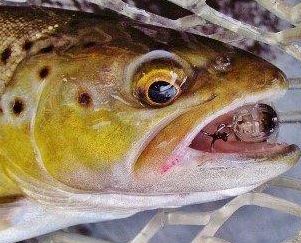 Still needing two more trout to reach the 500 mark which I want to do before the end of February and given there is rain on the way today I hit the Meander River at 7:30 am in the hope of getting the two fish required before the weather arrives later on. I'm going fish a two kilometre stretch that has a mix of medium & fast flowing water, it a nice peaceful area to fish too and it does hold some nice browns. This trip I'll only be using hard body lures too because I feel they'll do the job for me today, if they don't then it's on with the Mepps spinners.
Still needing two more trout to reach the 500 mark which I want to do before the end of February and given there is rain on the way today I hit the Meander River at 7:30 am in the hope of getting the two fish required before the weather arrives later on. I'm going fish a two kilometre stretch that has a mix of medium & fast flowing water, it a nice peaceful area to fish too and it does hold some nice browns. This trip I'll only be using hard body lures too because I feel they'll do the job for me today, if they don't then it's on with the Mepps spinners.
- Written by Stephen Smith - Rubicon Web and Technology Training
- Category: Meander River
- Hits: 2765
Read more: Finally the 500th trout for 2017/18 season is caught
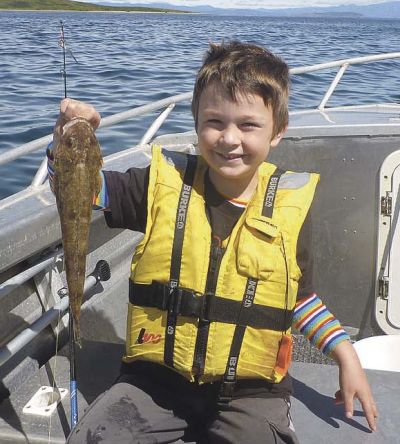 Presented from Issue 112, October 2014
Presented from Issue 112, October 2014
The warmer part of spring is now upon us and for the saltwater angler, this signals the start of some fine fishing days ahead. Here, Matt Byrne outlines some of his very best spring saltwater options.
I’m not too sure about you, but as a keen saltwater angler, winter in Tasmania can be a long and drawn out affair as the saltwater cools down and species disappear to the depths or in some cases, leave the state entirely and follow the currents in search of warmer water! Whilst this past winter we have had an unusually long southern bluefin tuna season, more often than not we spend our time doing jobs around the house and await October as it often signals the first real commencement of our saltwater fishing season.
- Written by Stephen Smith - Rubicon Web and Technology Training
- Category: Saltwater and Estuary Fishing
- Hits: 4303
Read more: Saltwater in Spring - Time to take the family fishing - Matt Byrne
Subcategories
Current TFBN
Click above for current issue content. The current issue of TFBN is extensive and topical. In Tackle Stores, Newsagents and by subscription.
Delivered to your door for $48 for 2 years (8 issues). To subscribe, send Mike $48 via www.paypal.com.au . (Basic instructions are here) The email is at Contact Us. Your address will be included from PayPal.
Or phone Mike with your c/c handy on 0418129949
Please ensure your details are correct, for Mike to organise delivery.
TFBN Newsletter Sign up Form
Why not submit an article ?
When you have finished for the day, why not have a brag about the ones that didn't get away! Send Mike an article on your fishing (Click here for contact details), and we'll get it published here. Have fun fishing - tasfish.com
Category Descriptions
Here is a list of all of the Article Categories. The number in Brackets, eg (13) is the number of articles. Click on Derwent River and all articles relating to the Derwent will be displayed in the central area.
Articles by Category
-
Rivers (3)
-
Saltwater and Estuary Fishing (149)
-
Kayak Fishing (34)
-
Lakes (1)
-
Great Lake (62)
-
Lake Leake (52)
-
Woods Lake (16)
-
Lake Augusta (11)
-
Huntsman Lake (13)
-
Lake Pedder and Gordon (10)
-
Lake Dulverton (5)
-
Lake Crescent (6)
-
Tooms Lake (10)
-
Lake Mackintosh (2)
-
Lake Barrington (5)
-
Little Lake (8)
-
Meadowbank Lake (5)
-
Lake King William (7)
-
Lake St Clair (2)
-
Western Lakes (12)
-
Arthurs Lake (35)
-
Lake Echo (7)
-
Four Springs (54)
-
Lake Sorell (7)
-
Lake Burbury (6)
-
Other Lakes (57)
-
Brushy Lagoon (18)
-
Little Pine Lagoon (5)
-
Penstock Lagoon (16)
-
Brumbys Creek (7)
-
-
Events (48)
-
Estuary Fishing (0)
-
Coastal Catches (46)
-
Super Trawler (46)
-
IFS, DPIPWE, MAST and Peak Bodies (435)
-
Commercial Interests (98)
-
Other (24)
-
TFBN Back Issues (8)
-
Fly Fishing (67)
-
Trout Fishing (250)
-
Meteorology and Weather (8)
-
Jan’s Flies (50)
-
Tuna Fishing and other Game Fishing (86)
-
Cooking Fish (19)
-
Fishing Information (1)
-
Fishing Books (8)
-
Videos (5)
-
Tackle, Boats and other Equipment (146)
-
World Fly Fishing Championship 2019 (2)
Popular Tags
windyty.com
Visit https://www.windyty.com/
Rubicon Web and Technology Training
Hello everyone, I thought it would be a good time to introduce myself.
My name is Stephen Smith and I have been managing the website tasfish.com since May 2009.
It has been an epic journey of learning and discovery and I am indebted to Mike Stevens for his help, support and patience.
I am developing a new venture Rubicon Web and Technology Training ( www.rwtt.com.au ). The focus is two part, to develop websites for individuals and small business and to train people to effectively use technology in their everyday lives.
Please contact me via www.rwtt.com.au/contact-me/ for further information - Stephen Smith.
From the Archives ... (last chance)
Sea runners - Early Season Excitement - Christopher Bassano
Presented from Issue 100
Considering the world class quality of our sea trout fishery, these fish are not sought after by enough anglers. Sea runners live in the salt water and run up our estuaries and rivers from the start of August to the middle of November. At this time of the year, they are here to eat the many species of fish that are either running up the rivers to spawn or are living in and around the estuary systems. Trout, both sea run and resident (Slob Trout) feed heavily on these small fish which darken in colouration as they move further into fresh water reaches.
The majority of these predatory fish are brown trout with rainbows making up a very small percentage of the catch. They can be found all around the state but it would be fair to say that the east coast is the least prolific of all the areas. They still run up such rivers as the Georges (and many others) but their numbers along with the quality of the fishing elsewhere make it difficult to recommend the area above the larger northern, southern and western rivers.
Read more ...


